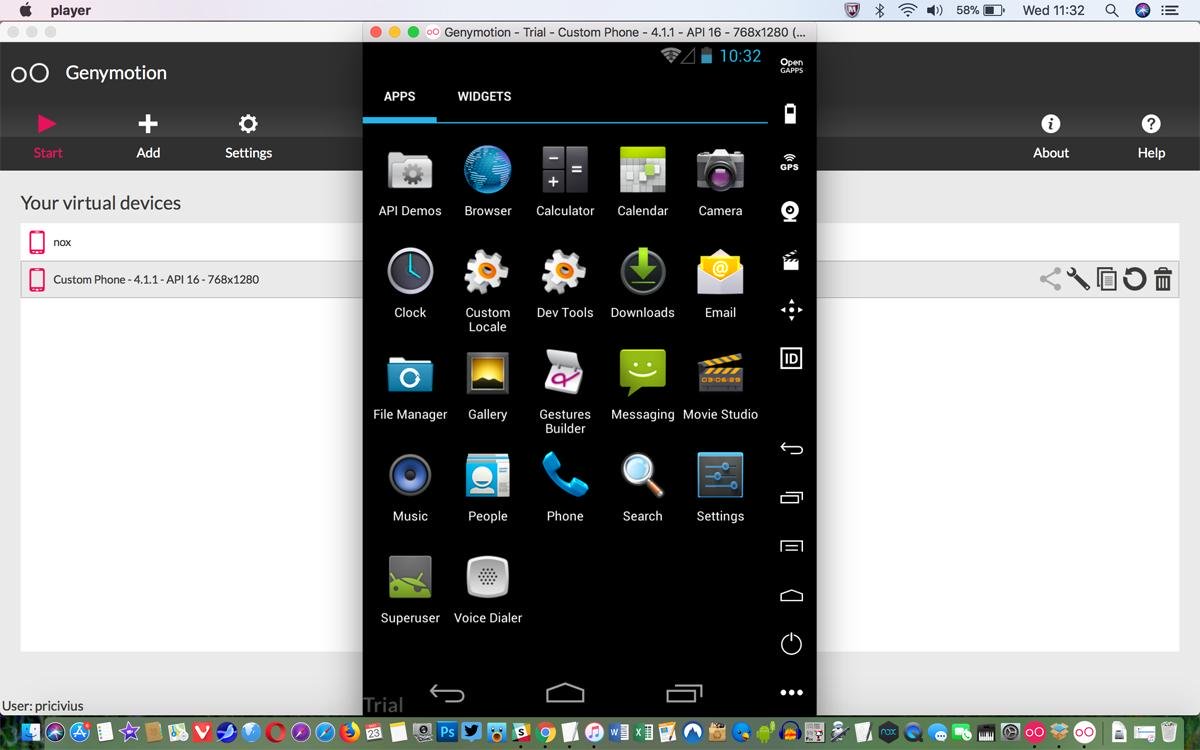

- #ANDROID EMULATOR ANDY SLOW DOWN MAC FOR MAC OS X#
- #ANDROID EMULATOR ANDY SLOW DOWN MAC ANDROID#
- #ANDROID EMULATOR ANDY SLOW DOWN MAC CODE#
You can test this for yourself with the latest version of VMWare Fusion.
#ANDROID EMULATOR ANDY SLOW DOWN MAC FOR MAC OS X#
#ANDROID EMULATOR ANDY SLOW DOWN MAC ANDROID#
There are a number of other advantages besides speed, and Android hardware is pretty cheap compared to iOS hardware.

So you are technically testing on a niche hardware configuration that is not likely to be what your app runs on in the real world.

Yes, they are faster, but the majority of Android devices (in the USA at least) are ARMv7.
#ANDROID EMULATOR ANDY SLOW DOWN MAC CODE#
These almost always are using an x86/Atom Android image, which runs faster because it doesn’t need to emulate the CPU, running x86 code on your host CPU (much like the iOS Simulator). You may see some articles or tips about using the Intel HAXM, BlueStacks, Genymotion, Android-x86 or some other high performance Android emulator. Most Android developers I talk to develop on actual hardware, but sometimes you need the emulator, and when you are using it you need it to run faster. This means the iOS Simulator is typically faster than actual hardware, and the Android Emulator is slower than actual hardware. The main reason is because it is emulating the ARM CPU & GPU, unlike the iOS Simulator, which runs x86 code instead of the ARM code that runs on the actual hardware.


 0 kommentar(er)
0 kommentar(er)
